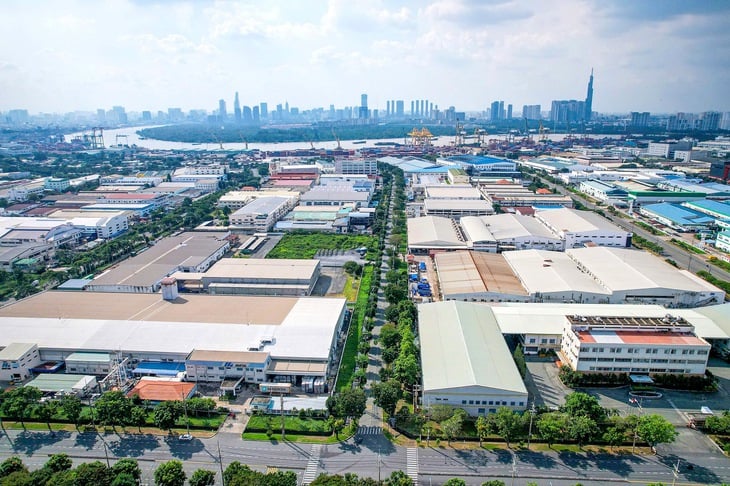
Tan Thuan Export Processing Zone will be the driving force and opportunity for industrial development in Ho Chi Minh City's megacity - Photo: QUANG DINH
That is the issue that was focused on finding an answer throughout the discussion "Driving force for industrial development in Ho Chi Minh City - From potential to action" on the morning of July 17, organized by the Department of Industry and Trade in coordination with Tuoi Tre newspaper.
"Role sharing" and having a reasonable model
Mr. Do Thien Anh Tuan, lecturer at the Fulbright School of Public Policy and Management, said that the megacity of Ho Chi Minh City needs to restructure its industrial space according to the principle of "role division": the old Ho Chi Minh City plays the role of the central brain of R&D, finance, and production coordination.
Binh Duong - Dong Nai is a high-tech manufacturing hub. Ba Ria - Vung Tau plays the role of a seaport and energy industry center. Long An is an agricultural processing center linked to the Mekong Delta. Tay Ninh and Binh Phuoc play the role of logistics and raw material satellites.
Dr. Huynh Thanh Dien (Nguyen Tat Thanh University) calls this the "core axis of the industrial value chain", with expanded Ho Chi Minh City as the leading nucleus - from design, production to logistics. But for this axis to operate, he emphasized the need for a powerful agency to "lead" regional linkages. "Otherwise, Cai Mep port will continue to wait for goods, and containers will be stuck in traffic on the highway," he said.
Meanwhile, Dr. Truong Minh Huy Vu, director of the Ho Chi Minh City Institute for Development Studies, pointed out the problem of high industrial land price planning in the old city area, which makes businesses hesitant. According to him, it is necessary to expand to Binh Chanh and Cu Chi, planning industrial clusters interwoven with urban areas, where workers can live, work and study in a common space.
He also warned that without an integrated model, the current disconnection of workers in one place and jobs in another, with a lack of connectivity in social infrastructure, services and logistics, would continue. The old model is making things difficult for itself and creating huge social costs.
In addition, Mr. Vu paid special attention to the role of marine industry and renewable energy in the new development strategy. With a long coastline from Can Gio to Xuyen Moc, Ho Chi Minh City can develop modern coastal industrial clusters, integrating offshore wind power, maritime logistics and heavy industrial production, something that not every locality has the natural advantage to do.
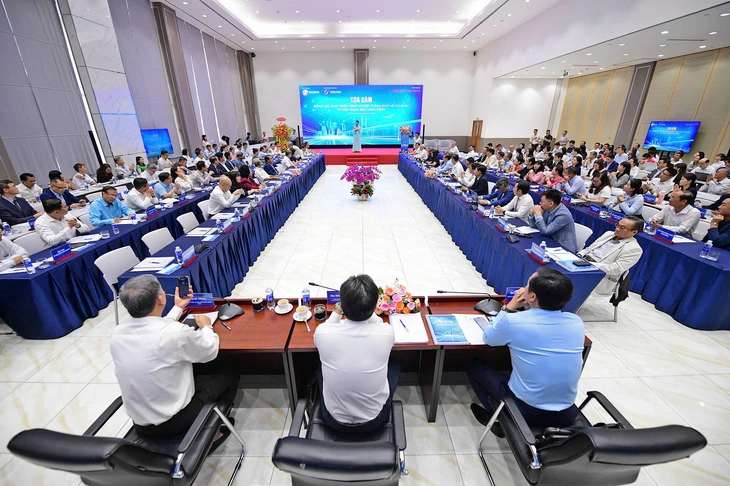
Overview of the discussion "Driving force for industrial development in Ho Chi Minh City - From potential to action" on the morning of July 17 - Photo: QUANG DINH
Digital transformation, green transformation
Dr. Tran Du Lich , Chairman of the Advisory Council for the Implementation of Resolution 98 of the National Assembly, said that the Party and State have chosen the country's path not based on the usual order, but on solving "reverse problems". That is, posing the questions of what Vietnam will be in 2030, in 2045, from which to calculate and solve this problem.
According to Mr. Lich, Ho Chi Minh City must solve the problem in a pioneering way. If it follows the "textbook" style, it will fall into the middle-income trap. Ho Chi Minh City's industry cannot grow horizontally, using cheap labor, but needs green transformation and digital transformation.
Industry cannot grow by double digits without increasing value. Ho Chi Minh City's industry must be the place to best apply the resolution on technology development, digital transformation...
Mr. Lich said that the new Ho Chi Minh City must be implemented immediately, adjusting the planning on a new scale and with a new vision. Currently, the old Binh Duong has a planned industrial land fund of 25,000 hectares, the old Ba Ria - Vung Tau has 16,000 hectares, the old Ho Chi Minh City has 8,000 hectares of existing land and 1,000 hectares of high-tech area.
He suggested that it is necessary to recalculate, the old Ho Chi Minh City area does not necessarily need that level of industrial land fund, but can be shifted to Binh Duong, Ba Ria - Vung Tau. Forming an "urban industrial service belt" from Binh Duong to Cai Mep - Thi Vai in Ba Ria - Vung Tau.
Mr. Lich said that it is necessary to study and evaluate each industry and group of industries to increase the value ratio of products. It is necessary to build a free trade zone in Cai Mep - Thi Vai, helping businesses in industrial parks participate in the global supply chain. This is also an opportunity to transform industrial parks into logistics centers.
For the garment industry, it is necessary to form concentrated areas to supply raw materials for the textile, footwear and leather industries, with a roadmap to reduce dependence on raw materials from China.
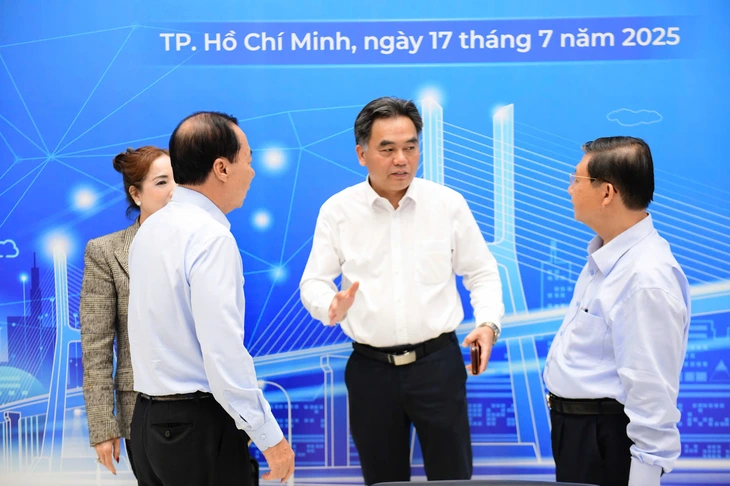
Mr. Nguyen Loc Ha (middle), Vice Chairman of Ho Chi Minh City People's Committee, discussed with delegates at the seminar - Photo: QUANG DINH
Worry about traffic jams and high logistics costs
Mr. Bui Ta Hoang Vu, Director of the Department of Industry and Trade, frankly acknowledged that despite contributing 30% of GRDP, Ho Chi Minh City still faces many bottlenecks such as high logistics costs, lack of clean industrial land, outdated production technology, low automation, and pressure from international trade barriers.
Dr. Truong Minh Huy Vu shared at the workshop that it takes quite a long time for goods from Tan Uyen, Bau Bang (Binh Duong) to Cai Mep (Ba Ria - Vung Tau). Logistics businesses complain about high costs, slow speed, and over-reliance on roads.
Mr. Vu said he is proposing to invest in a dedicated railway connecting the industrial park with the port, reducing pressure on roads and increasing supply chain efficiency. If we want the industry to grow by double digits, the logistics chain must be seamless and multimodal. We cannot just let containers get stuck on the highway while deep-water ports wait for empty ships. For Ho Chi Minh City to develop more strongly, we need to adjust and connect transport infrastructure, create new development momentum and form a free trade zone in Cai Mep Ha.
According to Mr. Vu, the National Assembly has allowed the extension of Resolution 98, but the current special mechanism still does not cover all important areas such as Binh Duong and Ba Ria - Vung Tau. "We are proposing a superior mechanism for the entire new urban area," he said.
On the business side, Mr. Nguyen The Duy, Deputy General Director of Becamex, said that in terms of infrastructure, Becamex is focusing on three strategic directions: developing ecological industrial parks to attract high-tech and environmentally friendly investment; investing heavily in key traffic routes such as National Highway 13, My Phuoc - Tan Van route, Ring Road 4 and especially connecting inter-regional logistics through dedicated railways connecting industrial parks in the north of Ho Chi Minh City, Binh Duong with Cai Mep - Thi Vai port to reduce dependence on roads and increase import and export efficiency.
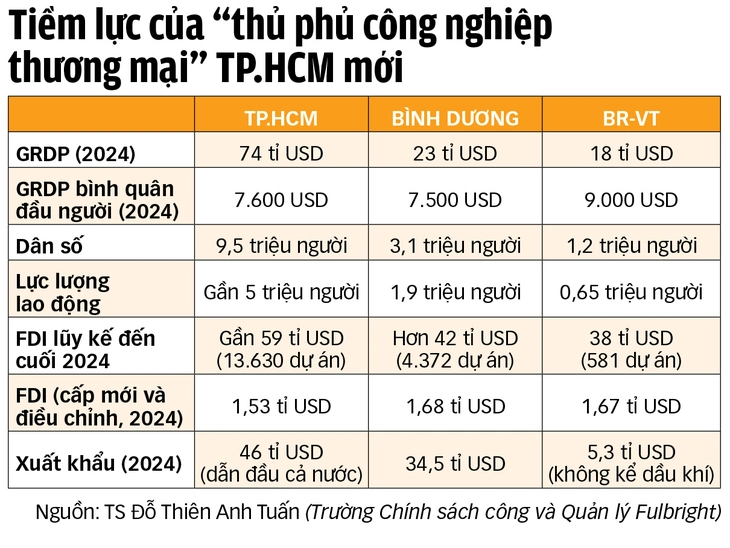
If you want industry to break through, you must pass the "golden ball" correctly.
Mr. Nguyen The Duy, deputy general director of Becamex, said that the current industrial development problem cannot be solved individually.
"We need to think like a football team, clearly define the role of the "strikers", which are areas with potential for breakthroughs, then pass the "golden ball", and invest resources in the right place, at the right time. Otherwise, the opportunity will pass by regrettably. Becamex is ready to play a connecting role between businesses, the government, and innovative educational financial institutions, to form a modern, effective and attractive industrial ecosystem in the expanded space of Ho Chi Minh City," said Mr. Duy.
Open forum "Providing advice for industrial and commercial development in Ho Chi Minh City"
Tuoi Tre cooperated with the Department of Industry and Trade of Ho Chi Minh City to open a forum "Proposing ideas for developing industry and trade in Ho Chi Minh City" to listen to ideas and solutions from businesses, researchers and people to build and develop industry - trade for the new Ho Chi Minh City, following the orientation: continuing to promote the strengths of Binh Duong, Ba Ria - Vung Tau when merging with Ho Chi Minh City, forming a strong urban area in industry - trade - services, with international competitiveness.
At the seminar, Mr. Nguyen Loc Ha, Vice Chairman of the Ho Chi Minh City People's Committee, assigned the Department of Industry and Trade to promptly synthesize proposed opinions and discussions to report and advise the leaders of the Ho Chi Minh City People's Committee to promptly direct solutions and tasks for relevant units.
Mr. Bui Ta Hoang Vu, Director of the Department of Industry and Trade of Ho Chi Minh City, said that he will respect and listen to every suggestion from the people and businesses. After about a month of coordinating with Tuoi Tre to receive suggestions, the department will synthesize and advise the People's Committee of Ho Chi Minh City on breakthrough solutions to develop industry - trade - services.
Readers participating in the forum "Proposing ideas for developing industry and trade in Ho Chi Minh City" can send their comments to the editorial office of Tuoi Tre newspaper, 60A Hoang Van Thu, Duc Nhuan ward, Ho Chi Minh City, or send them via email: [email protected].
* Journalist TRAN XUAN TOAN (deputy editor-in-chief of Tuoi Tre):
Strengths of each locality, advantages for the whole region
With the merger of Binh Duong, Ba Ria - Vung Tau and Ho Chi Minh City into the new Ho Chi Minh City, along with the merger of provinces and cities, it will create new opportunities to combine resources and "divide roles" to create an industrial and service corridor for the key southern region.
The development of the new Ho Chi Minh City also resonates with the new Tay Ninh (merging Long An and Tay Ninh), the new Dong Nai (merging Dong Nai and Binh Phuoc, with Long Thanh airport)... to promote the strengths of each locality but also create advantages for the whole region, participate in the global value chain, and be competitive enough with major cities in the region and internationally.
Businesses need mechanisms and capital.
According to Mr. Nguyen Ngoc Hoa - Chairman of the Ho Chi Minh City Business Association, the fundamental solution is that Ho Chi Minh City needs to quickly build an international financial center, which not only attracts global capital but also operates under a separate, flexible legal framework, in line with international financial practices. There must be a separate "playground" for non-bank capital flows, so that small and medium enterprises can call for capital and mobilize resources flexibly, similar to the way other international financial centers are operating.
Shift to ecological industry
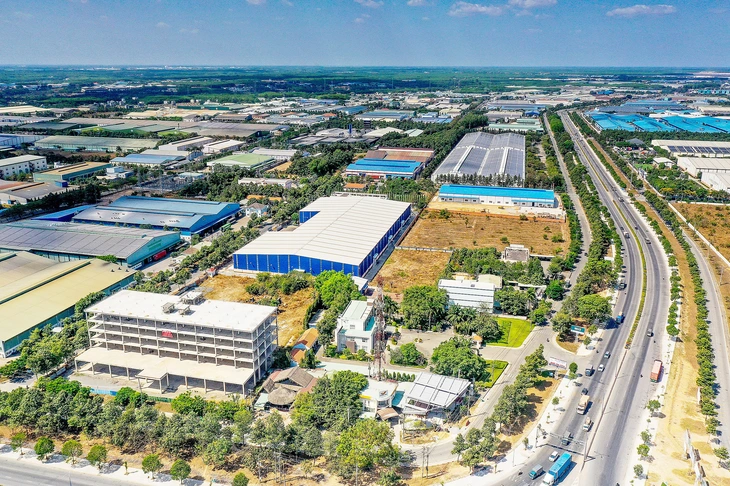
Nam Tan Uyen Industrial Park, former Binh Duong province (now Ho Chi Minh City) - Photo: TRUC PHUONG
Industrial parks in Ho Chi Minh City are being oriented to transform into "ecological industrial parks".
The 700-hectare Cay Truong Industrial Park and the 380-hectare Bau Bang Industrial Park Phase 2, invested by Becamex IDC Corporation (a state-owned enterprise under the Ho Chi Minh City People's Committee), have started construction. These are two new adjacent industrial parks in the old Bau Bang district, connecting to Ho Chi Minh City's Ring Road 4 and new roads. They are industrial park projects following an ecological model according to international standards.
Recently, the International Finance Corporation (IFC), a member of the World Bank Group, in collaboration with Becamex IDC Corporation, signed a cooperation agreement.
According to the cooperation content, industrial parks and urban areas deployed in Ho Chi Minh City, including the old "industrial capital" Binh Duong, will be deployed and shifted to increasing the application of technology and using renewable energy, thereby achieving the goal of reducing net emissions to zero.
IFC will support the assessment and certification of eco-industrial parks according to international standards for industrial parks in Ho Chi Minh City.
The Lego Group’s toy factory worth over $1 billion (USD) in Vietnam-Singapore Industrial Park (VSIP) 3, former Binh Duong province, has started production. Mr. Jesper Hassellund Mikkelsen - General Director of Lego Vietnam - said that the group has a roadmap towards 100% renewable energy use in production.
Mr. Do Minh Tam - General Director of Thaco Industries - also said that Thaco will start construction of a large-scale mechanical industrial park in Binh Duong in August 2025, with a total investment of up to 75,000 billion VND. The project is expected to be put into operation after only one year, marking this as one of the largest mechanical industrial projects in the South today. Not only a new production center, the industrial park is also expected to become a "launching pad" for the supporting industry to develop in a chain.
In Binh Duong, Thaco will deploy the "One in One" model that fully integrates functions in a single ecosystem of production, research and development (R&D), manufacturing of super-sized and super-heavy vehicles, assembling train cars, robots, electrical equipment, large processing centers and a network of domestic and foreign satellite businesses sharing infrastructure, digital connections and utilizing the common supply chain.
Mr. Nguyen Van Dung - Vice Chairman of the Ho Chi Minh City People's Committee - said that the National Assembly has issued a resolution to establish the Vietnam International Financial Center in Ho Chi Minh City and Da Nang. After the merger and formation of the new Ho Chi Minh City, the cooperation to form ecological industrial parks is a positive movement, so that Ho Chi Minh City is not only a financial center but also a green industrial center, sustainable development of the whole country.
Source: https://tuoitre.vn/cong-nghiep-tp-hcm-quy-mo-moi-can-tam-nhin-moi-20250718084231363.htm


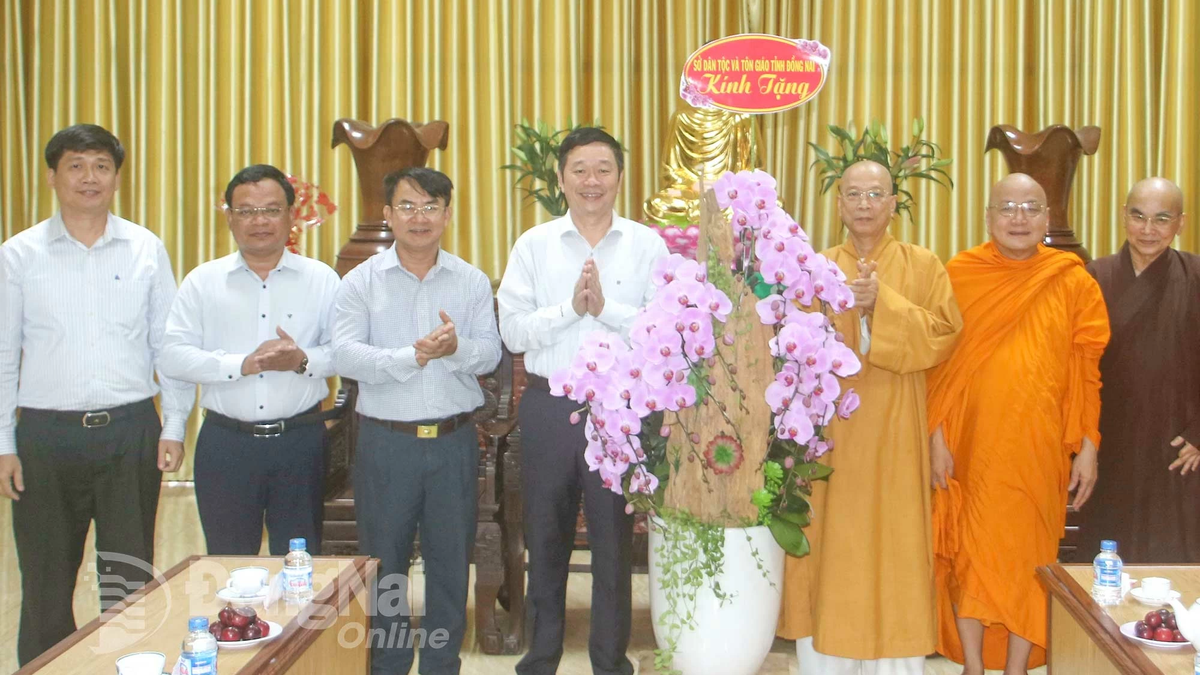
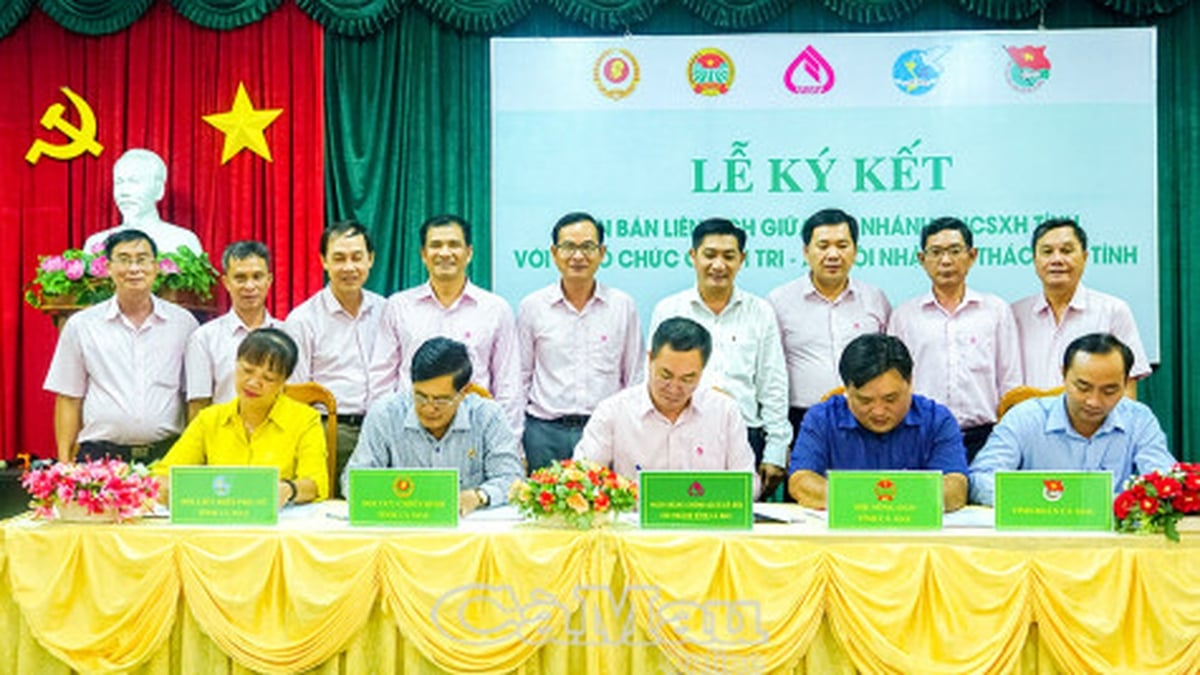

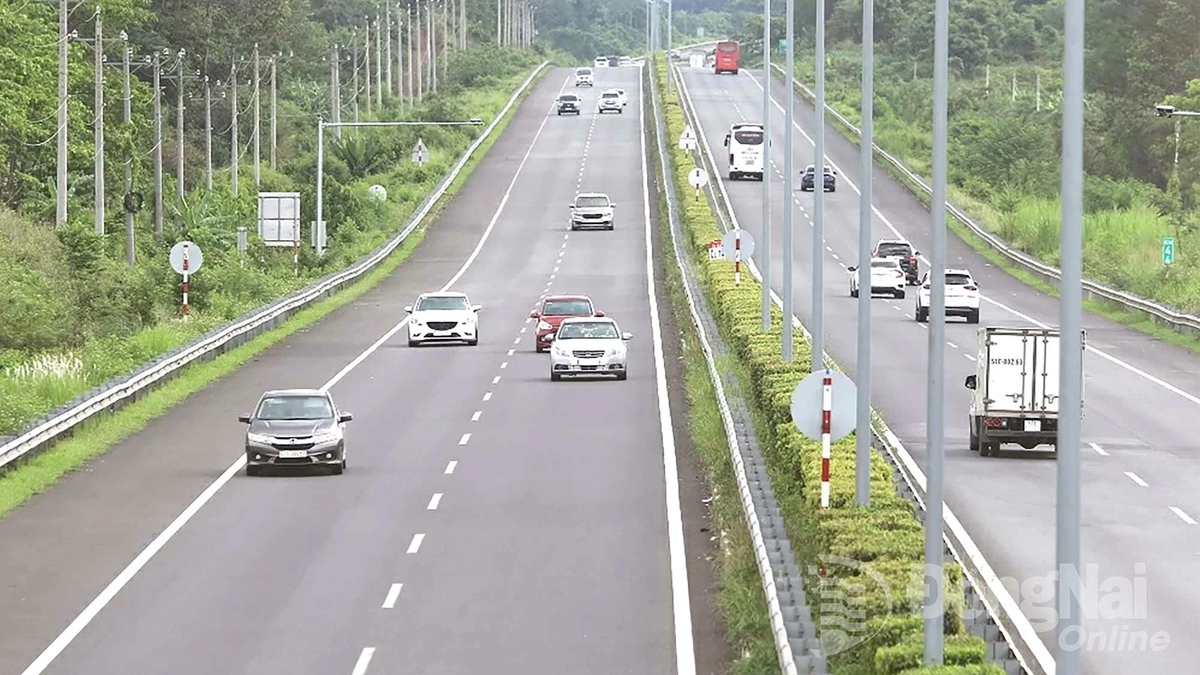

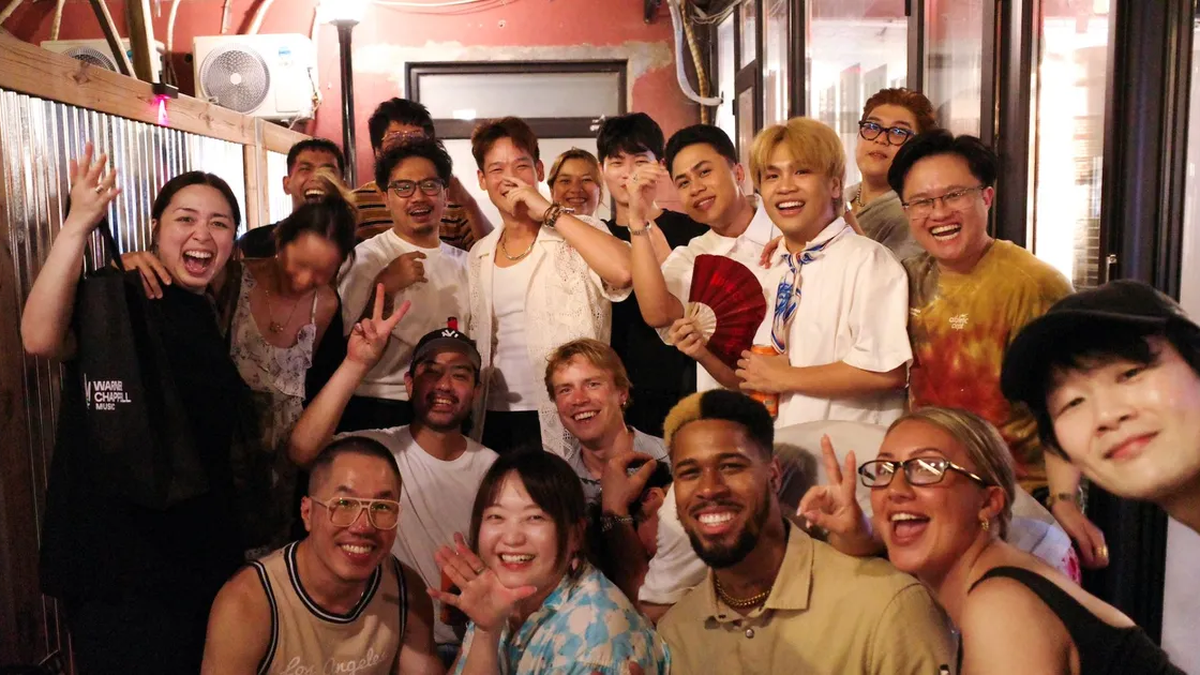
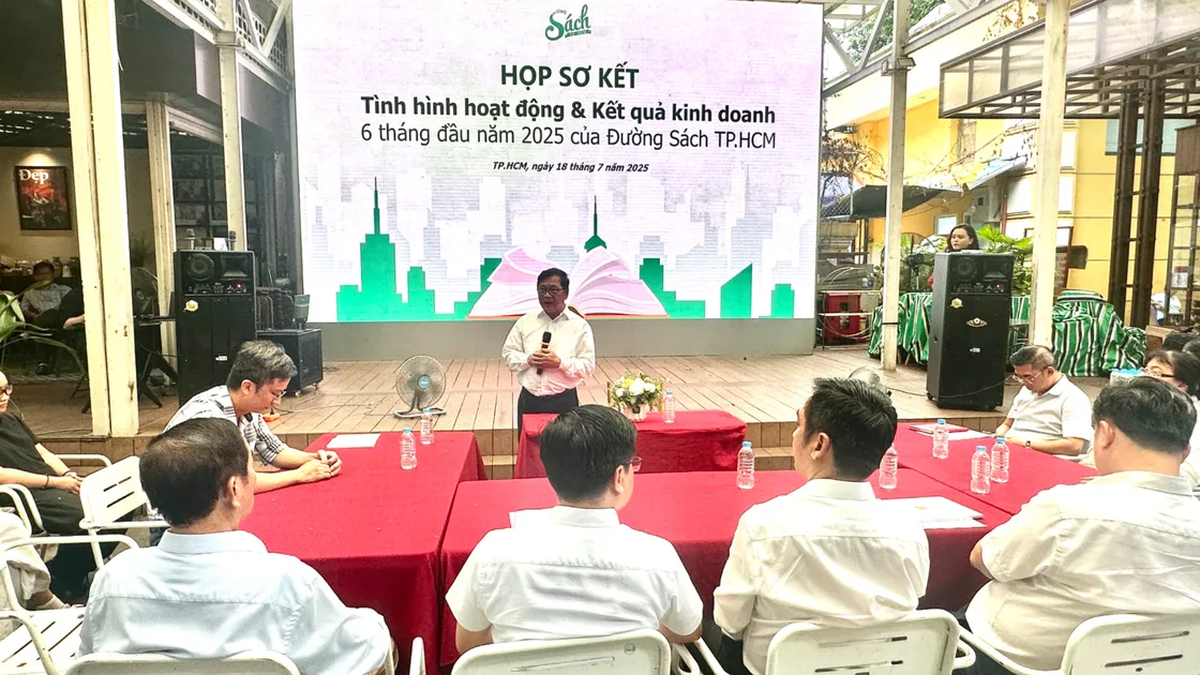
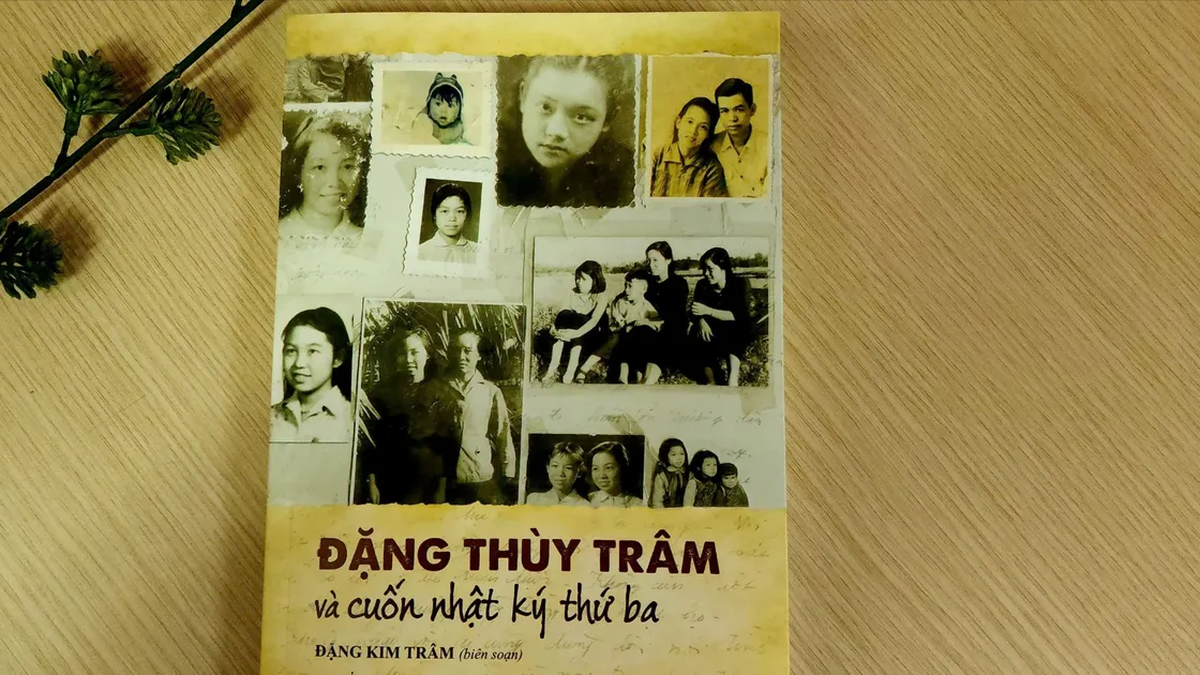
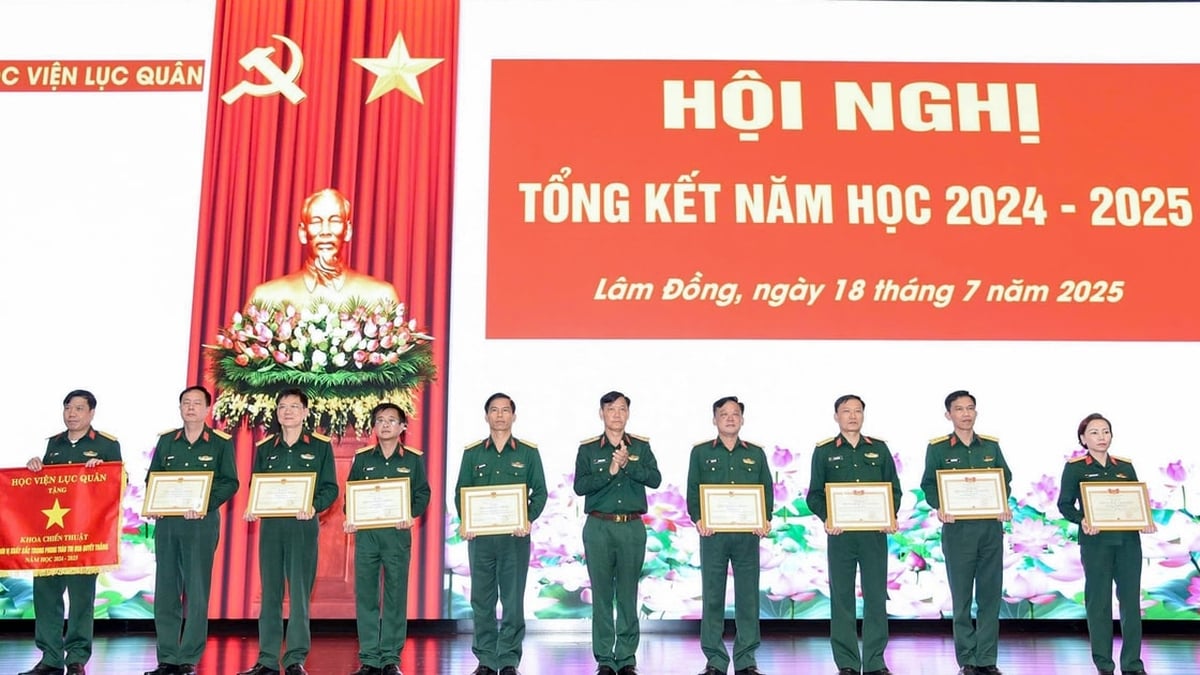












































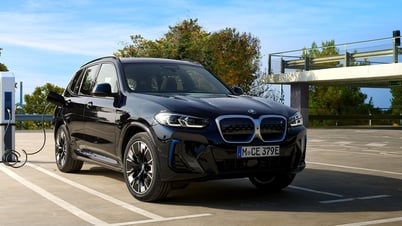

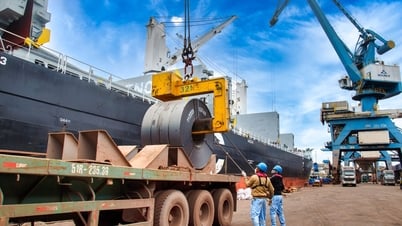

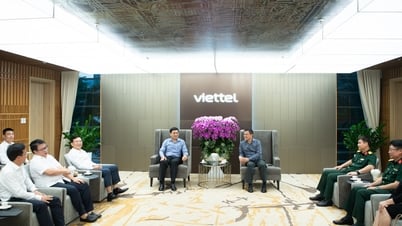

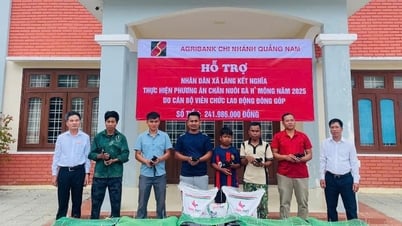








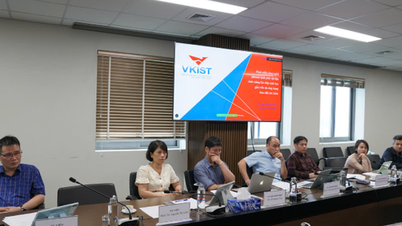

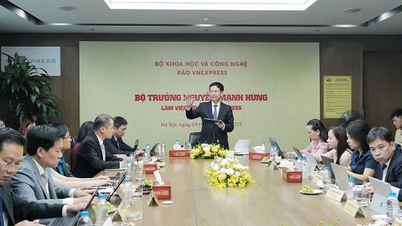

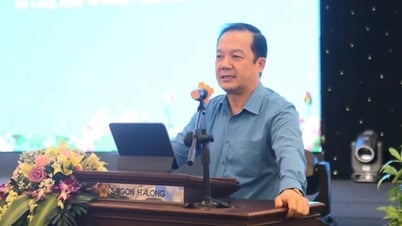
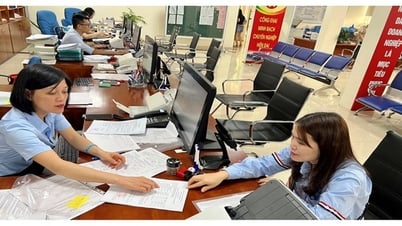
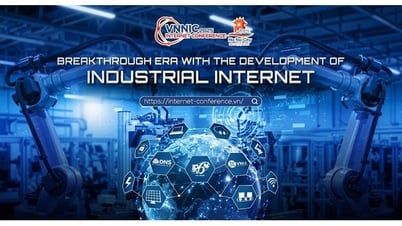
















![[Infographic] In 2025, 47 products will achieve national OCOP](https://vphoto.vietnam.vn/thumb/402x226/vietnam/resource/IMAGE/2025/7/16/5d672398b0744db3ab920e05db8e5b7d)





Comment (0)